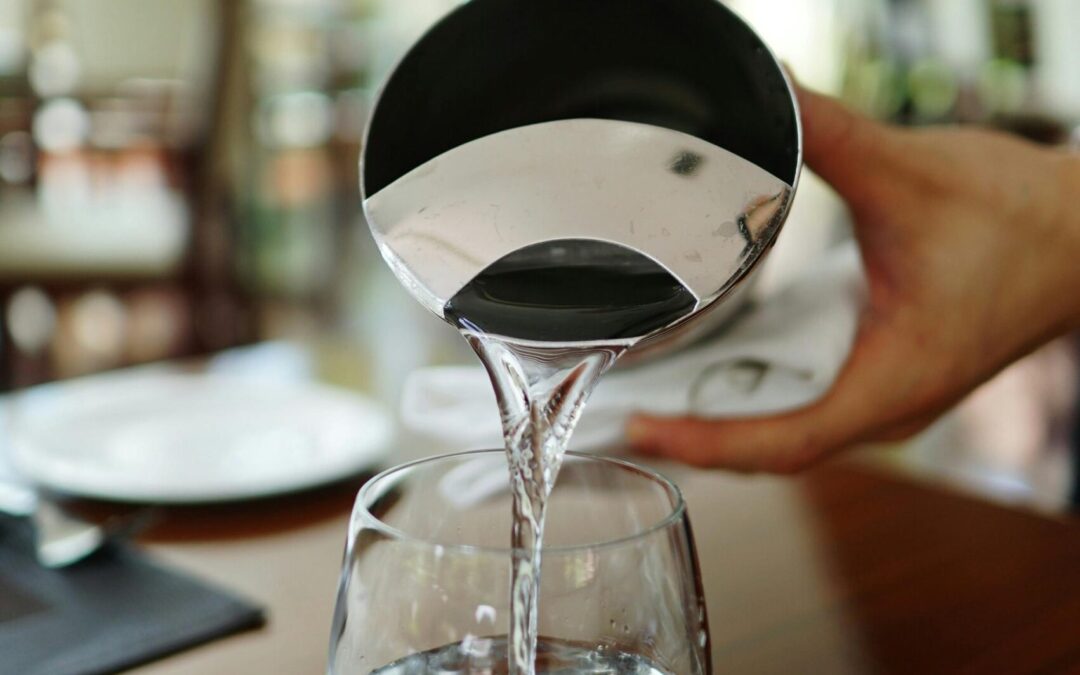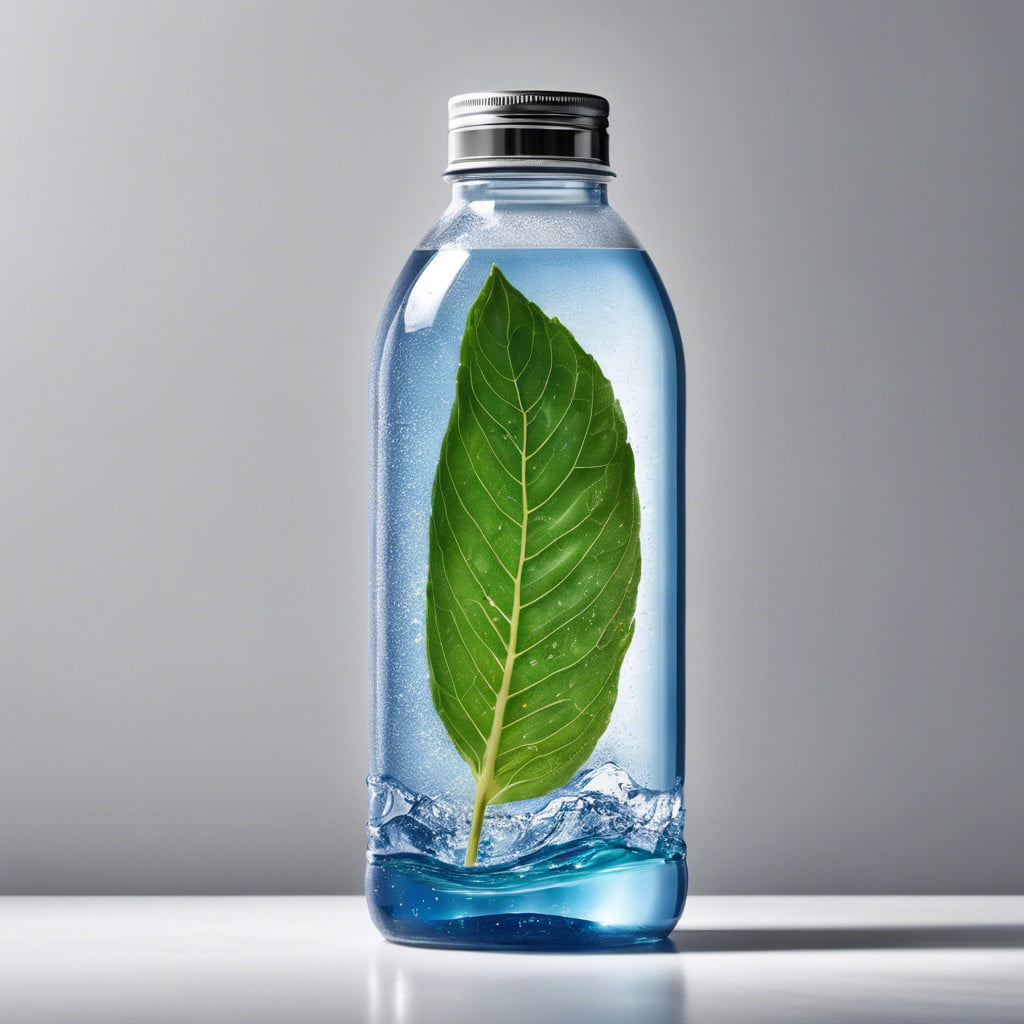
Keeping Your Kangen Water Flowing: A Guide to Cleaning Your Enagic SD501 Machine

Your Enagic SD501 Kangen water machine is an investment in your health and well-being. It provides you with a continuous source of electrolyzed water, but like any appliance, it requires regular cleaning to maintain optimal performance and water quality. This comprehensive guide will walk you through the process of cleaning your SD501, ensuring you enjoy the benefits of Kangen water for years to come.
Understanding the Importance of Cleaning
Mineral buildup, scale, and other contaminants can accumulate within your SD501 over time. This can negatively impact the machine’s functionality in several ways:
- Reduced Water Quality: Buildup can affect the electrolysis process, potentially altering the pH levels of your Kangen water.
- Decreased Efficiency: Scale deposits can hinder the water flow and put strain on the internal components.
- Operational Issues: Buildup can lead to malfunctions, leaks, and even complete machine failure.
Regular cleaning helps prevent these problems by:
- Removing Buildup: Cleaning removes mineral deposits, scale, and other contaminants that can impede performance.
- Optimizing Electrolysis: A clean system ensures efficient electrolysis, resulting in consistent and accurate pH levels in your Kangen water.
- Extending Lifespan: Proper cleaning helps your SD501 function smoothly and efficiently, prolonging its lifespan.
The Two Cleaning Methods for Your SD501
There are two primary methods for cleaning your Enagic SD501:
Self-Cleaning with E-Clean Filter: Enagic offers a dedicated cleaning solution called E-Clean. This method utilizes a special filter that replaces the standard filter cartridge and works with a citric acid solution to clean the internal components.
Deep Cleaning (Alternate Method): This method involves a more involved process using white vinegar or citric acid solution directly in the machine. It’s generally recommended less frequently than E-Clean but can be effective for a deeper clean.

Cleaning with E-Clean Filter (Recommended for Regular Maintenance)
Materials:
- E-Clean Filter Cartridge (purchased from Enagic)
- Citric Acid Packets (included with E-Clean or purchased separately)
- Clean Water Source
Steps:
- Turn Off and Unplug: Before beginning, ensure your SD501 is turned off and unplugged from the power source.
- Remove Standard Filter: Open the filter compartment door and remove the standard filter cartridge you use for daily water production.
- Prepare E-Clean Filter: Unscrew the top cap of the E-Clean filter. Locate the citric acid packet and empty its contents into the filter chamber.
- Fill with Water: Fill the E-Clean filter with clean water up to the fill line indicated on the filter.
- Reassemble and Replace: Screw the top cap back onto the E-Clean filter, ensuring a tight seal. Place the E-Clean filter in the filter compartment, following the same procedure you used to install the standard filter.
- Run Cleaning Cycle: Turn on your SD501 and select the “Cleaning” function on the control panel (consult your user manual for specific button combinations). The cleaning cycle typically takes about 45 minutes to complete.
Important Notes:
- Frequency: It is recommended to use the E-Clean method for cleaning your SD501 approximately once a month, depending on your water usage and mineral content.
- After Cleaning: Once the cleaning cycle finishes, discard the used E-Clean filter and citric acid solution. Rinse the filter compartment with clean water before reinstalling your standard filter cartridge.
Deep Cleaning Your SD501 (For Occasional Use)
Materials:
- White Vinegar (5% acidity) or Citric Acid Solution (4%)
- Distilled Water
- Clean Basin or Bucket
- Soft Sponges or Cloths
- Optional: Rubber Gloves
Steps:
- Turn Off and Unplug: Ensure your SD501 is powered off and unplugged before proceeding.
- Prepare Cleaning Solution: In a clean container, mix one part white vinegar or citric acid solution with three parts distilled water. You can adjust the quantity based on your machine’s size.
Cleaning the Electrolysis Plates:
- Detach the Spray Hose: Locate the spray hose connected to the bottom of the electrolysis chamber and detach it carefully.
- Fill the Cleaning Solution: Using a funnel, carefully pour the cleaning solution into the electrolysis chamber through the hose opening. Fill the chamber until the solution reaches about half its capacity.
- Soak and Agitate (Continued): You can gently shake the machine side-to-side a few times during the soaking period to help loosen any buildup. Warning: Avoid excessive force or tilting the machine at extreme angles.
- Drain and Rinse: After soaking, hold a clean basin or bucket under the hose opening and re-attach the spray hose. Carefully open the valve on the spray hose to drain the cleaning solution into the basin. Once drained, rinse the electrolysis chamber thoroughly with clean, filtered water. Repeat the rinsing process until no traces of the cleaning solution remain.
Cleaning the Spray Hose and Nozzle:
- Disconnect the Hose: Detach the spray hose from the bottom of the electrolysis chamber.
- Flush the Hose: Pour clean, filtered water through the hose to flush out any remaining cleaning solution or debris. You can use a syringe or squeeze bottle for better control of the water flow.
- Clean the Nozzle: Using a soft sponge or cloth dipped in clean water, gently clean the spray nozzle at the end of the hose. Remove any visible mineral deposits or buildup.
Cleaning the Exterior and Control Panel:
- Wipe Down Surfaces: Use a damp, soft cloth to wipe down the exterior surfaces of your SD501. Avoid using harsh chemicals or abrasive cleaners, as they can damage the finish.
- Clean the Control Panel: For the control panel, use a slightly damp cloth with a mild cleaning solution specifically designed for electronics. Never spray liquids directly onto the control panel.
Reassembly and Final Steps:
- Reattach the Spray Hose: Once everything is clean and rinsed, carefully reattach the spray hose to the bottom of the electrolysis chamber and secure it properly.
- Replace Standard Filter: Install your standard filter cartridge back into the filter compartment, following the manufacturer’s instructions.
- Run Water: Turn on your SD501 and run clean water through the system for several minutes to flush out any residual cleaning solution or loose debris. Discard the first few liters of water produced.
Important Notes:
- Frequency: Deep cleaning with vinegar or citric acid is generally recommended less frequently than E-Clean, perhaps every 3-6 months depending on water quality and usage.
- Safety Precautions: Wear rubber gloves for protection when handling vinegar or citric acid solutions. Avoid contact with eyes and skin. Always follow safety instructions on the cleaning solution label.
- Post-Cleaning Check: After completing the deep cleaning process, run a test batch of Kangen water and monitor the pH levels using a reliable pH meter. This ensures the cleaning process hasn’t affected the machine’s ability to produce water with the desired pH levels.
Additional Tips for Maintaining Your SD501
- Regular Filter Changes: Replace your standard filter cartridge regularly according to the manufacturer’s recommended schedule. This ensures optimal water quality and helps prevent buildup within the machine.
- Pre-Filtering: Consider using a pre-filtration system if your tap water has high mineral content or a high level of chlorine. Pre-filtration helps reduce impurities before they reach the machine, minimizing potential buildup.
- Descaling: If you notice excessive scaling in your machine, consult your Enagic authorized dealer or a qualified technician for professional descaling services.
Conclusion
By following these cleaning procedures and maintaining your Enagic SD501 properly, you can ensure it functions efficiently for many years to come. Regular cleaning helps you enjoy the consistent benefits of Kangen water – a healthy and refreshing addition to your daily life. Remember, if you encounter any difficulties or have specific questions regarding your SD501 model, refer to your user manual or consult your authorized Enagic dealer for assistance.


